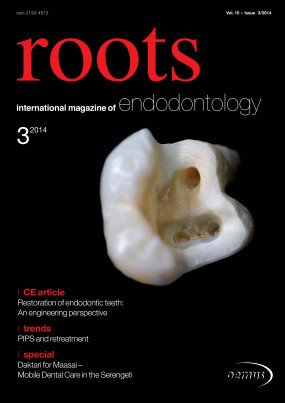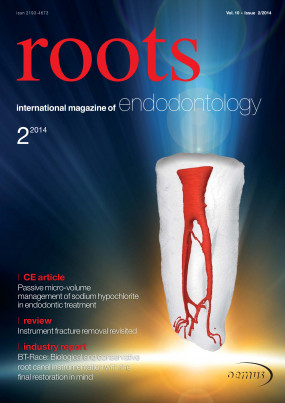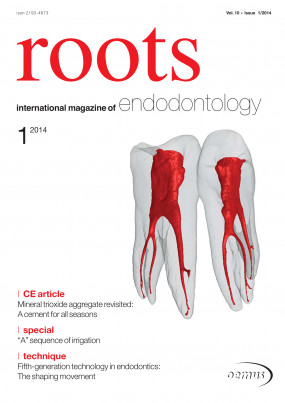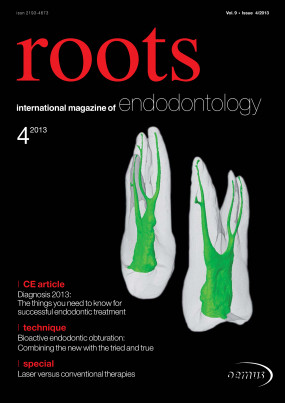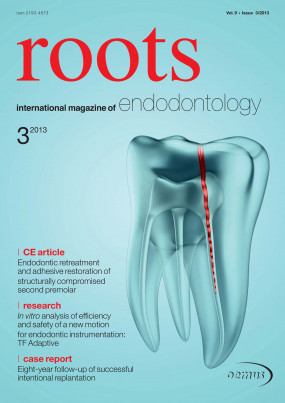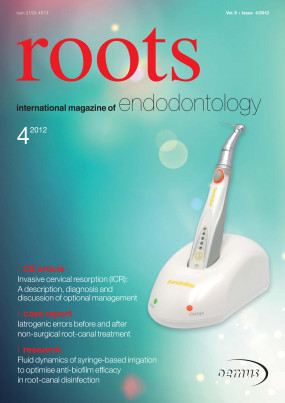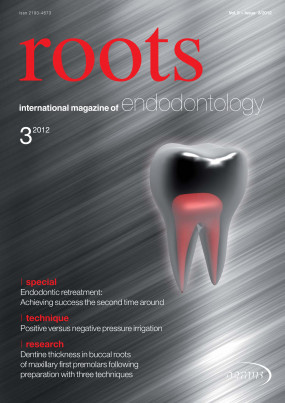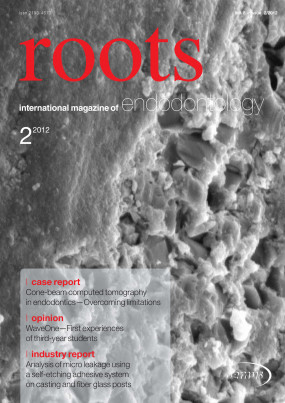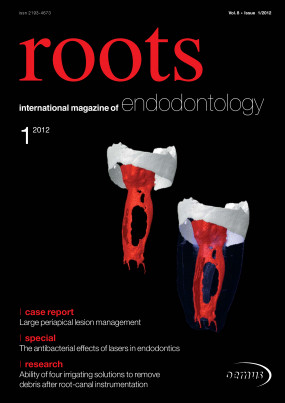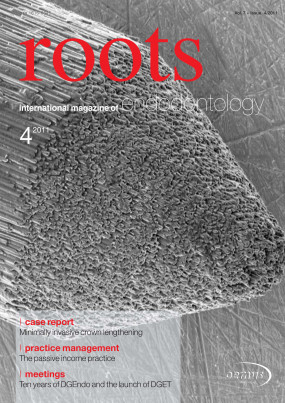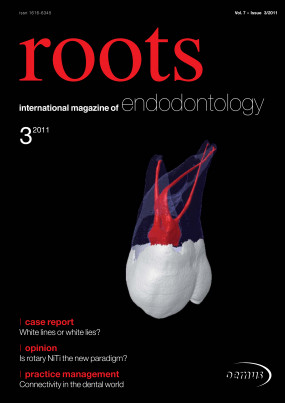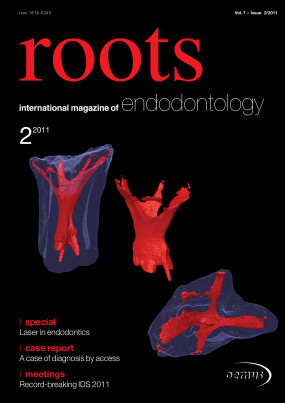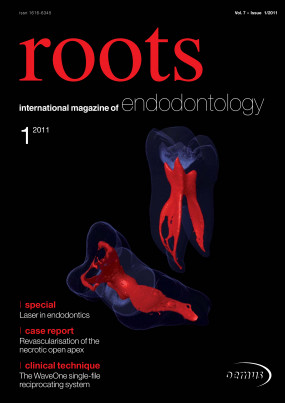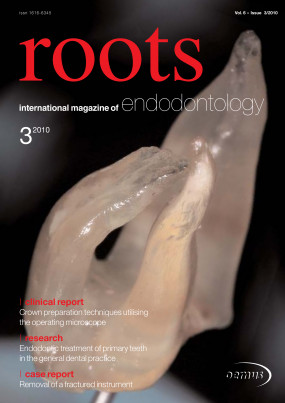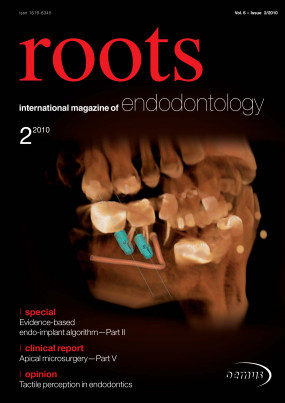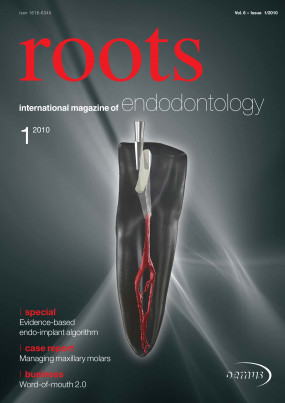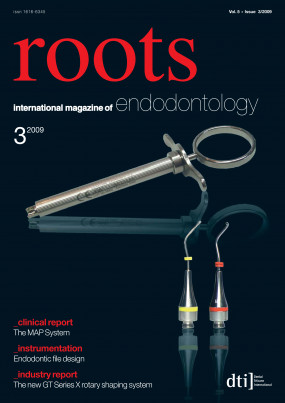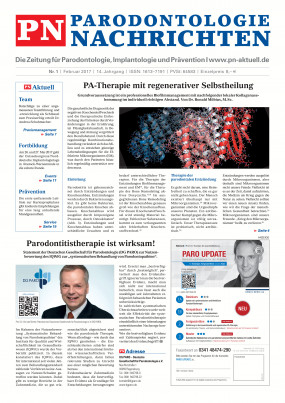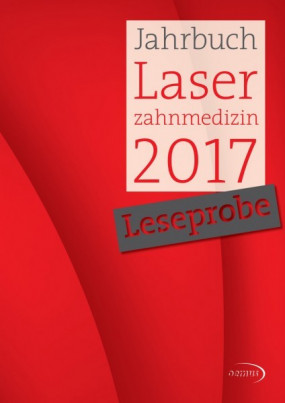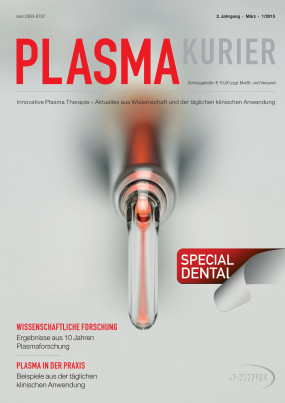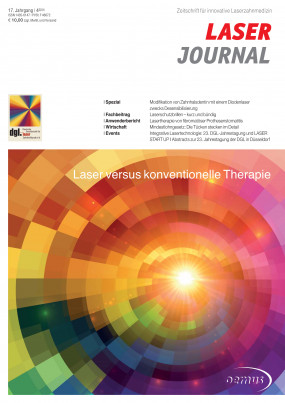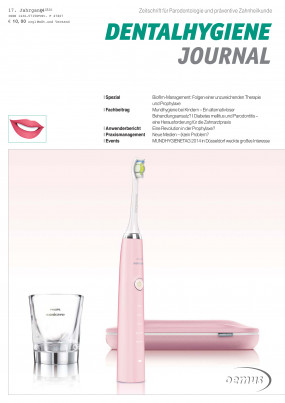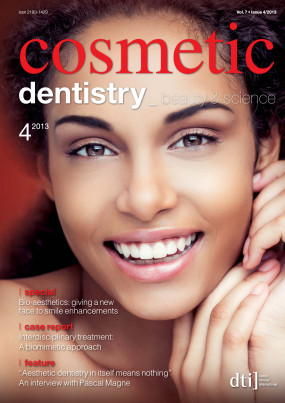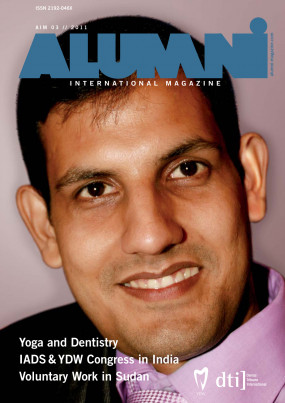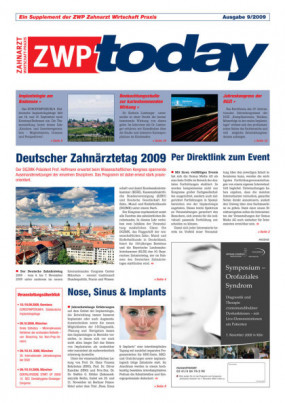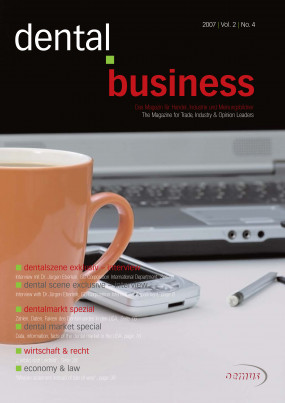Inhaltsverzeichnis
3
Vince Lombardi so eloquently stated, “Practice does not make perfect. Only perfect practice makes perfect.” In other words, we can perform a procedure repeatedly yet not obtain the expected outcome for success. We must continually advance in all disciplines of dentistry in order to provide our patients with the most predictable treatment regimens possible, understanding that the greatest variable that stands in our way is the human variable. Elevating the standards of endodontic care is inexorably tied to an important dynamic, our armamentaria.1 The objective of endodontic treatment has remained a constant since root-canal treatment was first performed: the prevention and/or treatment of apical periodontitis such that there is complete healing and an absence of infection.2 The most important advancements in clinical endodontics forever changed the endodontic landscape with the emergence and development of four technologies.3,4
6
Irreversible pulpitis can often be challenging to diagnose and therefore frustrating to manage. Often patients will complain of poorly localised pain on one side of their face; they may be unable to localise even the quadrant from which the symptoms originate. Clinical examination may be unremarkable, no obvious signs may be elicited, and the results of vitality testing may be inconclusive...
8
Diagnosis and management of a longitudinal fracture necrosis associated with an extensive periodontal defect
Dr Antonis Chaniotis, Greece
The terminology and classification of incomplete tooth fractures have received significant attention in the scientific literature for many decades. Numerous terms and definitions have been proposed through the years, arising from the difficulties related to diagnosis, prognosis assessment and treatment planning. Cuspal fracture (Gibbs 1954), fissure fracture (Thoma 1954), fissural fracture (Down 1957), crack lines and greenstick fracture (Sutton 1961; 1962), cracked tooth syndrome (Cameron 1964), hairline fracture (Wiebusch 1972), split-root syndrome (Silvestri 1976), enamel infraction (Andreasen 1981), crack lines and craze lines (Abou-Rass 1983), and incomplete tooth fracture (Luebke 1984) are some of the terms used through the years. Many of these terms were used by different authors to describe the same clinical entity...
12
16
Canal anatomy: The ultimate directive in instrument design and utilisation
Dr Barry L. Musikant, USA
It may sound so basic that one would not even think to ask the question, but what constitutes an endodontic education? After teaching thousands of dentists over many years, I believe that the mechanical aspect of endodontic education is a rote exercise. The students are presented with a set of instruments and told how to use them. In the case of K-files, they may be told that the instrument must first engage dentine by rotating the instrument clockwise for the flutes to engage the dentine followed by a pull stroke that cleaves off the engaged dentine, or they may be taught to use these instruments with a watch-winding motion combined with an up-and-down stroke that randomly engages and cleaves small amounts of dentine away...
20
Rotary root-canal instrumentation with NiTi files has been very successful over the last 20 years. Starting with ProFile (DENTSPLY Maillefer) in 1994, the time-consuming and complicated hand instrumentation of root canals, which had dominated endo-dontic procedures for more than a century, was replaced with a totally new approach...
24
Scouting the root canal with dedicated NiTi files
Dr Gilberto Debelian, Norway, & Dr Martin Trope, USA
The introduction of nickel-titanium (NiTi) rotary instrumentation has made endodontics easier and faster than with hand instrumentation. In addition, root-canal preparation is more consistent and predictable. However, fracture of NiTi files remains a major risk. Fracture results from either cyclic or torsional fatigue.1–8 ...
28
More than 20 years ago, a dental patient named Kimberly Bergalis was diagnosed with Aids. The source of her HIV infection was her dentist. Even though the exact path of transmission is still not known, this first proven transmission of HIV from dentist to patient—and the subsequent intense coverage by the media—set off tremendous confusion and panic amongst dental patients. It was her unfortunate death in 1991 that changed the dental profession almost overnight, prompting all sorts of new regulations and guidelines, including the sterilisation of dental instruments. The document Guidelines for Infection Control in Dental Health-care Settings was published by the US Centers for Disease Control and Prevention (CDC) on 19 December 2003, providing some of the current and available scientific rationale for infection-control practices, for which recommendations were made.1 These suggestions were followed closely by various governing dental health organisations, including the US Occupational Safety and Health Administration (OSHA) and Health Canada...
30
Analysis of micro leakage using a self-etching adhesive system on casting and fiber glass postsCast post
Prof Alejandro Paz, Silvia Arias, Abel Vilma, Españon Candelaria & Lucas Condomi, Argentina
One of the misconceptions surrounding endo-dontically treated teeth is that the use of posts reinforces the remaining tooth structure. Baldissara et al.,1 for example, showed that an endodontically treated tooth loses 9% of its moisture, which does not cause any clinically significant changes. We can say that the structure loses a significant percentage of its hardness.2 These points revalidate theories that state that there is an important relationship between the properties of the dentine and the remaining tooth structure. Preformed posts do not truly reinforce the tooth’s root, but rather uniformly distribute the load and serve as anchors for the tooth reconstruction ma-terial.3,4 ...
38
“History & Heritage - Forging the Future”: AAE holds its annual session in Boston
Fred Michmershuizen, USA
The American Association of Endodontists held its 2012 Annual Session April 18–21 at the Hynes Convention Center in Boston. The meeting offered endodontists, general dentists and other specialists the opportunity to participate in a large selection of endodontic courses as well as learn about the rich history of the specialty in the United States...
